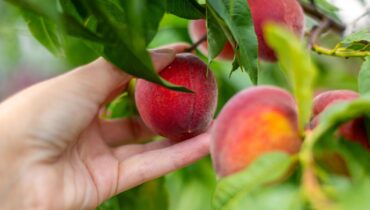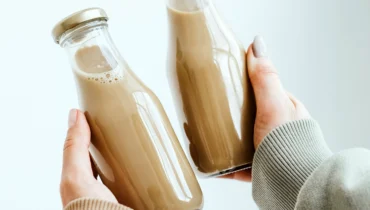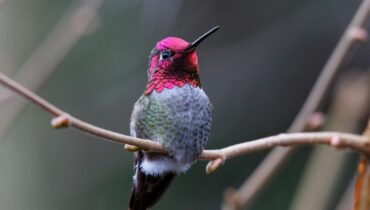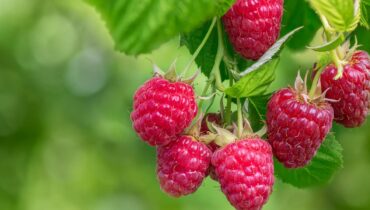📌 You can grow an avocado tree indoors, but this reality about fruit production will surprise you
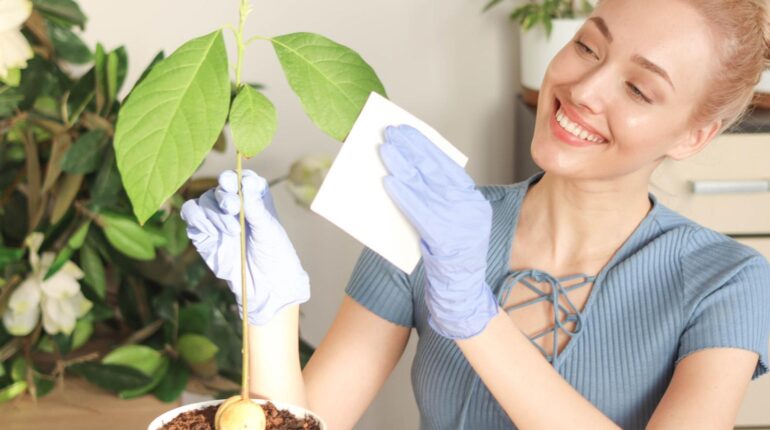
Posted 25 July 2025 by: Admin
Image d’illustration © TopTenPlay EN
Growing Avocado Trees Indoors: The Reality Check
The allure of plucking fresh avocados from your own indoor tree remains one of gardening’s most tempting fantasies. Yet behind that creamy, nutty perfection lies a sobering truth that every aspiring indoor cultivator must confront: avocado trees are botanical masters of delayed gratification.
Even under optimal conditions, these finicky plants produce fruit with remarkable selectivity. Less than 1% of their flowers ever develop into the green gold we crave. This stark statistic transforms the dream of a productive indoor orchard into a exercise in patience that can stretch across years.
The path forward isn’t entirely bleak, however. Grafted trees purchased from reputable nurseries offer significantly better prospects than their pit-grown counterparts, which can demand a decade or more before yielding any fruit. These professionally cultivated specimens reduce the waiting period to a more manageable three years minimum, though success remains far from guaranteed.
Perhaps the most pragmatic approach involves reframing expectations entirely. Avocado trees excel as attractive houseplants, their glossy tropical foliage bringing natural elegance to indoor spaces regardless of fruit production. Their architectural presence and air-purifying qualities provide tangible benefits while you wait for potential harvests.
The key lies in viewing any eventual fruit as a delightful bonus rather than the primary goal. This mindset shift transforms what could become a frustrating endeavor into an rewarding journey of indoor gardening, where the process itself becomes the prize.
Image d’illustration © TopTenPlay EN
The Indoor Cultivation Process: From Nursery To Your Home
Embracing the process as the reward begins with making the right foundational choices. The traditional toothpick-and-water method, while nostalgic, represents the longest possible route to potential fruit. Seed-grown avocados demand 10 years or longer before bearing fruit, assuming they ever do. Meanwhile, grafted specimens from reputable nurseries slash this timeline to a minimum of three years while offering predictable variety characteristics.
Your container selection proves equally crucial. Raw, unglazed terra cotta pots with drainage holes become your tree’s lifeline, allowing excess moisture to escape through their porous walls. This detail isn’t merely aesthetic—avocado roots are notoriously susceptible to Phytophthora, a devastating root rot that thrives in waterlogged conditions. The disease can silently destroy months of careful cultivation in mere weeks.
Placement demands strategic thinking. These tropical natives crave full sun, making south or west-facing windows prime real estate. Insufficient light stunts growth and eliminates any hope of flowering, regardless of other care factors.
Regular pruning emerges as an ongoing necessity, not an optional task. Without consistent trimming, indoor avocado trees stretch toward impossible heights, quickly outgrowing their designated spaces. Strategic cuts maintain manageable proportions while encouraging the dense, bushy growth that indoor environments favor.
These technical foundations create the framework for success, though the specific variety you choose will ultimately determine your tree’s indoor performance potential.
Image d’illustration © TopTenPlay EN
Best Indoor Varieties: Choosing Your Perfect Match
That performance potential hinges entirely on selecting the right cultivar for your specific indoor environment. Not all avocado varieties adapt equally to container life, and understanding their distinct characteristics separates successful indoor gardeners from those left with oversized, fruitless houseplants.
The “Day” cultivar stands out as the indoor gardener’s most reliable choice. This variety delivers fruit more quickly than its counterparts while maintaining manageable proportions through regular pruning—typically reaching 12 to 15 feet at maturity. Its cold tolerance impresses even seasoned growers, withstanding temperatures as low as 25 degrees Fahrenheit without suffering permanent damage.
For those prioritizing fruit production over rapid growth, the “Gwen” variety offers superior indoor fruiting potential, though patience becomes essential. This cultivar requires at least eight years before producing its first harvest, making it ideal for gardeners who genuinely embrace the long-term commitment. Its compact nature allows for more aggressive size control than most varieties.
Space-constrained environments find their perfect match in “Little Cado” and “Wurtz” varieties. These naturally dwarf specimens rarely exceed eight feet in height, transforming them into genuinely portable plants. Their smaller stature allows strategic repositioning during temperature extremes—moving them away from cold windows during winter or providing shade during intense summer heat.
Each variety’s mobility advantages extend beyond temperature management, offering flexibility that larger specimens simply cannot provide. This adaptability becomes crucial when optimizing growing conditions, particularly regarding the complex pollination requirements that ultimately determine fruiting success.
Image d’illustration © TopTenPlay EN
The Pollination Challenge: Why Indoor Success Remains Elusive
That strategic positioning becomes absolutely critical when confronting the most complex obstacle to indoor avocado cultivation: the intricate dance of pollination that determines whether your tree will ever produce fruit.
Most indoor avocado varieties are classified as “type A” trees, operating on a precisely timed flowering schedule that challenges even dedicated gardeners. These specimens display their flowers’ “female” function during morning hours, then shift to their “male” role the following afternoon. This alternating pattern creates a narrow window for successful fertilization that indoor environments struggle to accommodate.
While avocado trees can technically self-pollinate within this framework, the reality proves far more demanding. The timing mechanism rarely aligns perfectly in solitary specimens, significantly reducing fruit development potential. Commercial orchards overcome this limitation by planting multiple trees with opposite flowering patterns—”type A” and “type B” varieties working in complementary cycles.
Indoor space constraints make such strategic arrangements nearly impossible for most home gardeners. Limited square footage prevents the multiple-tree configurations that dramatically increase pollination success rates. Even when gardeners attempt to maintain several smaller varieties, achieving the precise environmental conditions that trigger optimal flowering synchronization remains exceptionally difficult.
Indoor air circulation, humidity levels, and light patterns all influence flowering timing, creating variables that outdoor cultivation naturally manages through environmental diversity. These biological limitations explain why indoor avocado trees excel as ornamental plants while consistently disappointing those expecting reliable fruit production, regardless of variety selection or care quality.

